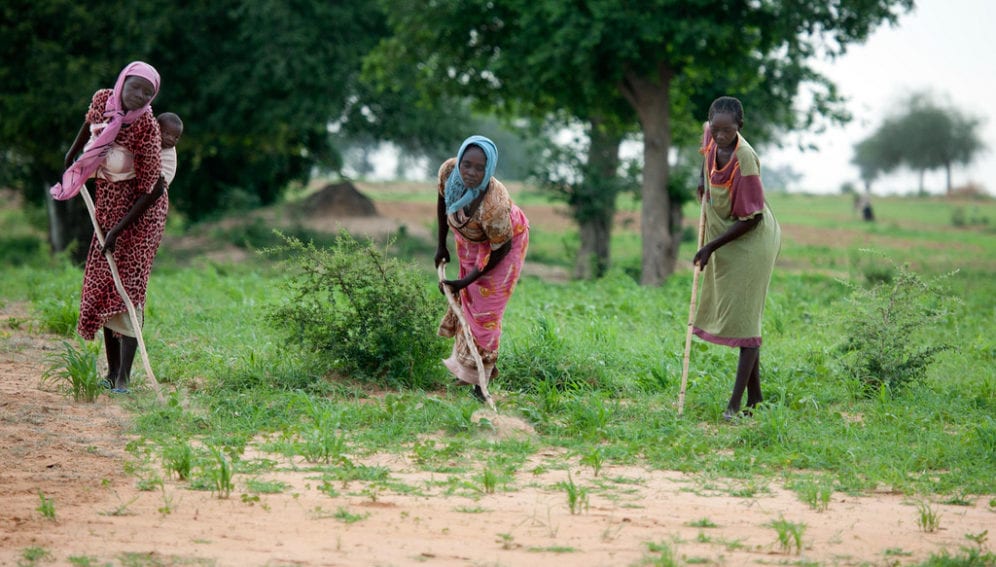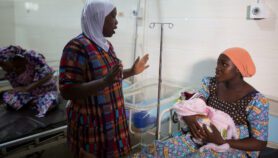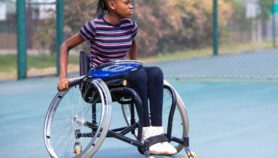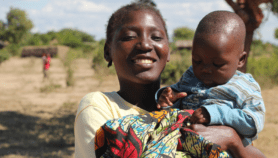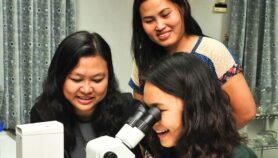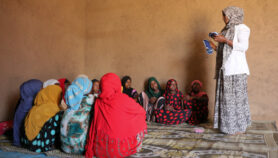By: Henrietta Miers
Send to a friend
The details you provide on this page will not be used to send unsolicited email, and will not be sold to a 3rd party. See privacy policy.
Amid the current debates around hunger, food security and nutrition, some international development experts are calling for the 'gender gap' to be closed. [1] What does this mean and how can it be done? The World Bank may have the answer.
The Nutrition for Growth Summit, hosted in London, United Kingdom, earlier this month (8 June), included a long session on promoting African agriculture. And the message from the UN Food and Agriculture Organization's (FAO) latest flagship report is emphatic: the FAO will strive for nothing less than the eradication of hunger, food insecurity and malnutrition. [2]
Some believe that such ambitious targets will only be realised by promoting women's role in agriculture and food security. For example, Danielle Nierenberg, co-founder of think-tank Food Tank, insists that the UN's post-2015 Sustainable Development Goals must combine women's empowerment with food security. [3]
This makes good sense. A 2011 FAO report argued that, if women enjoyed the same access to productive resources as men, they could increase yields on their farms by 20 to 30 per cent. This in turn could reduce the number of hungry people in the world by 12 to 17 per cent. [4]
Agricultural aid programmes often lack systematic evidence-based solutions on how to close the gender gap. As Bérengére Quincy, France's ambassador to the FAO, has warned, gender mainstreaming — defined by the UN as the process of assessing the implications for women and men of any planned action — is not guaranteed, and needs to be supported with better knowledge, expertise, clear objectives and indicators of progress. [1]
The World Bank's Africa region is attempting to do this through its Gender Innovation Lab, launched in March.
The initiative adopts a scientific approach involving rigorous impact evaluations to identify what does and does not work in raising the productivity of female farmers and entrepreneurs.
It attempts to address the 'why' behind female inequality in access to resources. Innovative interventions are assessed over two to three years and an initial baseline identifies groups who may not benefit. The initiative could also use the evidence it generates to promote innovative gender-informed policy.
The lab has already highlighted success stories, such as a land-title registration programme in Rwanda that resulted in women increasing their investments in farmland at twice the rate as men, and a programme providing vouchers and information to women in Kenya that nudged them into lucrative agricultural trades traditionally dominated by men.
This is a welcome approach that may help provide evidence-based solutions to closing the gender gap in agriculture.
 Henrietta Miers has worked across Africa and Asia as a gender and social development consultant for 15 years, specialising in gender policy. She is senior associate of WISE Development, a consulting company that focuses on boosting the economic opportunities for poor women.
Henrietta Miers has worked across Africa and Asia as a gender and social development consultant for 15 years, specialising in gender policy. She is senior associate of WISE Development, a consulting company that focuses on boosting the economic opportunities for poor women.
References
[1] Ciobanu, C. Women's Time Has Come (Inter Press Service, 17 June 2013)
[2] FAO The State of Food and Agriculture 2013: Food Systems for Better Nutrition (FAO, 2013)
[3] Deen, T. Battle Against Hunger Lost Without Gender Empowerment (Inter Press Service, 6 June 2013)
[4] FAO The State of Food and Agriculture 2010-11 — Women in Agriculture: Closing the gender gap for development (FAO, 2011)


